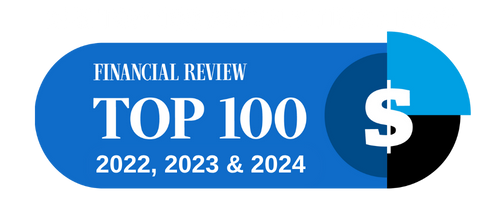Before you go knocking on the bank’s door for a million-dollar mortgage, it’s a wise idea to spend a few months boosting your borrowing power.
That’s the word from Walshs Mortgage Broker Grace Lee, who says it’s possible to magnify your borrowing power – or the amount a lender will hand over – based on a few tweaks.
“Borrowing capacity does vary from lender to lender but it’s not set in stone,” Grace says.
“There are many factors that influence a person’s borrowing capacity including age, income, expenses, liabilities, dependants, employment status, and credit rating,” she says.
“If you’re planning to take out a home loan in the future, some of these factors can be adjusted over a few months to increase your borrowing capacity and, in turn, broaden your purchasing options.”
Here are four tips to follow to boost your borrowing power before applying for a loan.
CAN YOUR CREDIT CARD
Love it or loath it, your trusty credit card can make or break your application.
According to Grace, one of the best ways to boost your borrowing power is to ditch the plastic, or at least reduce your limit.
“With credit cards, lenders will assess you based on your credit limit, even if you don’t go close to spending that amount each month.
“So, if you only spend $2,000 a month on your card, there’s no point having a $20,000 limit because lenders will assess you only the full $20,000 – and that might mean $100,000 less you can borrow.”
If you have other liabilities, such as personal and car loans, it’s also a good idea to make a dent in the debts before applying.
SKIP THE HIGH LIFE
If you’re serious about saving for a home loan, now might not be a good time to renew that wine club subscription.
By curbing your day-to-day spending on non-essentials such as fancy restaurant fare and sparkling shoes, you can transform your monthly bank statements from drab to fab (even if you might not look or feel it!).
“Most lenders require bank statements that show living expenses over a minimum of 90 days,” Grace says.
“So, if you plan to purchase a property, make sure you’re responsible with your spending.”
TAKE A LONGER LOAN
A longer loan term usually equals lower repayments so if you stretch your home loan over a longer period, you’ll likely increase your borrowing capacity.
“If you want to borrow more, go for a longer term,” Grace says.
“For example, the repayments on a $1 million loan with a 30-year term are $4,914 per month, but when you change that to 20 years it becomes $6,188, which impacts your monthly surplus.”
Bear in mind, a longer loan term doesn’t mean you’ll be paying less in the long run – with rising interest rates, you’ll more than likely end up paying more over the life of your loan.
TALK TO THE PROS
Specialising in mortgages for medical professionals, Walshs has access to a full panel of lenders, including banks with medical-specific policies.
In the case of borrowing capacity, this means we can use a doctor’s future income to supercharge their borrowing power.
“If you’re a first-year doctor working in a public hospital, rather than use your current income to determine how much you can borrow, we have a special arrangement in place with Westpac whereby we can use your income in two years’ time to calculate borrowing capacity,” Grace says.
“We know doctors’ salaries only go up every year, so this is just one way we can help you get the highest possible amount.”
If you want more bang for your buck, call Walshs – the experts in medical mortgages – on (07) 3221 5677 or book a 1-1 meeting.











